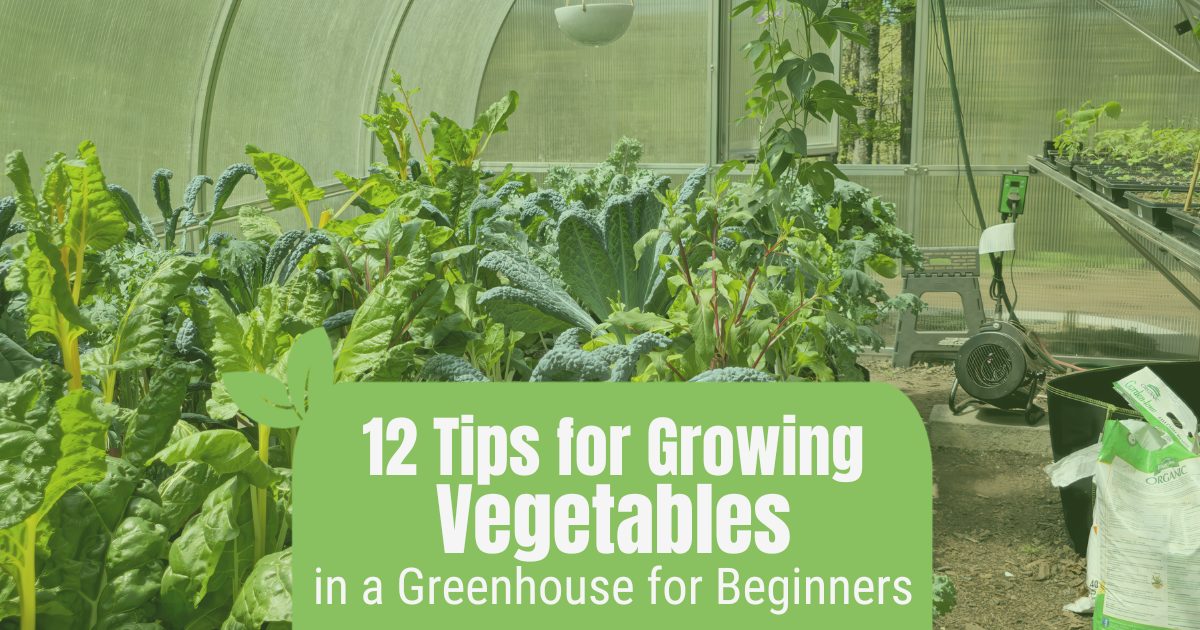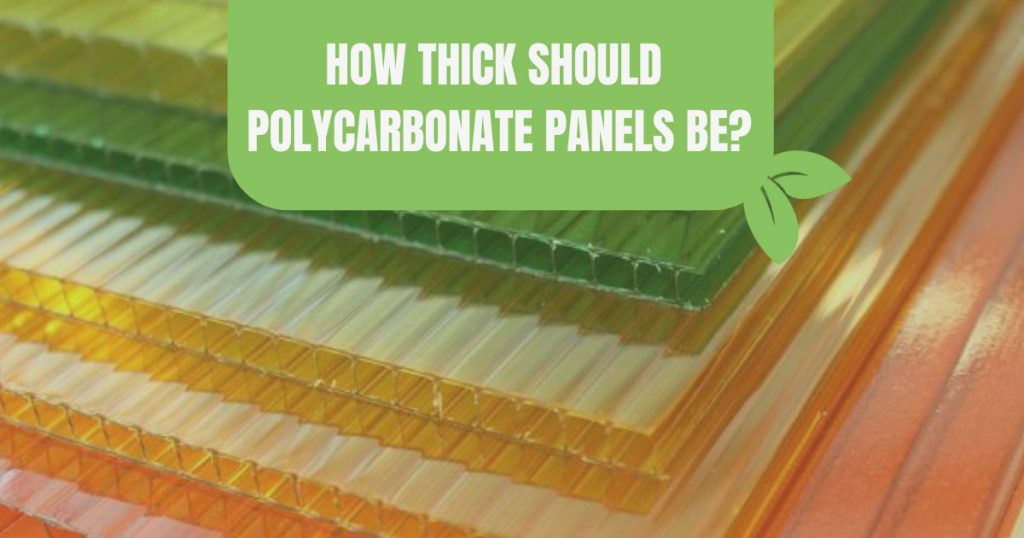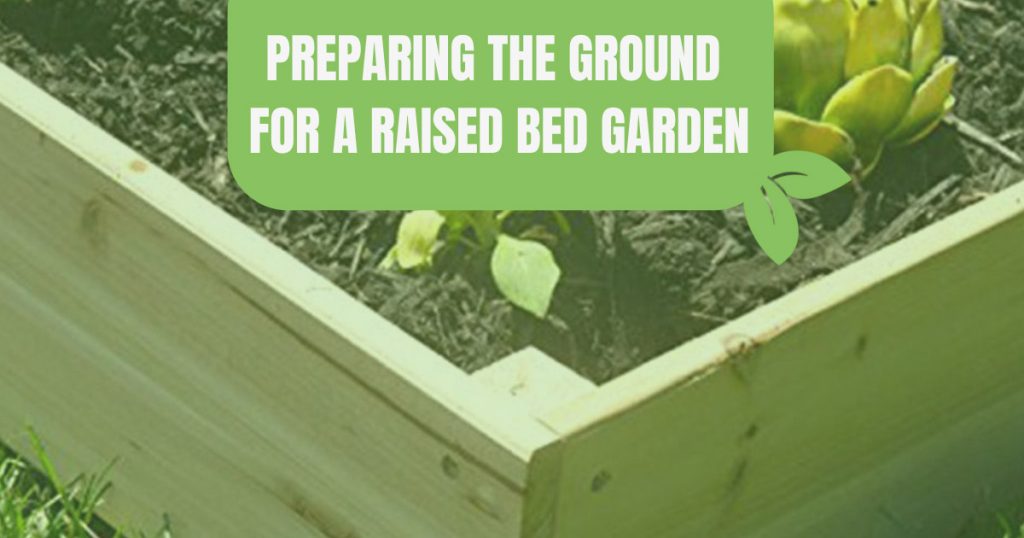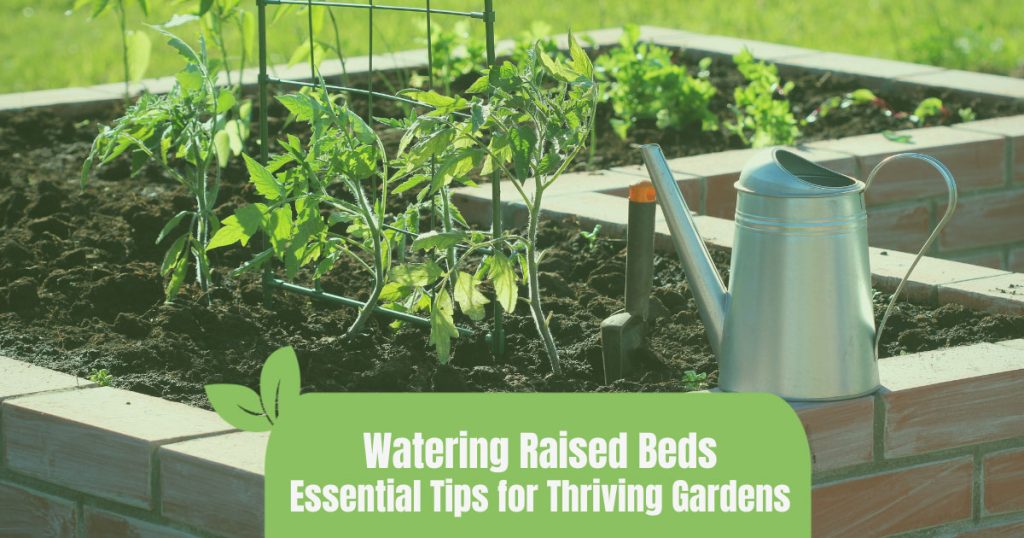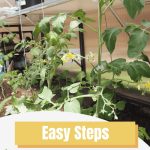
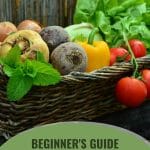
There’s something truly special about harvesting fresh vegetables you’ve grown yourself. It fills you with a quiet sense of accomplishment and brings joy to your table. If you’re a gardener, you know how much the weather can limit what and when you can grow outdoors. This is where a greenhouse becomes your garden’s best friend.
Growing in a greenhouse is a bit like outdoor gardening, but with some wonderful advantages. Starting simple is key to success. With a plan and realistic expectations, you’ll be enjoying your greenhouse harvests in no time. Even a small or unheated greenhouse can make a big difference in extending your growing season.
Your greenhouse truly offers a unique opportunity to nurture growth and peace. Here are some friendly tips to help you cultivate the most bountiful vegetables.
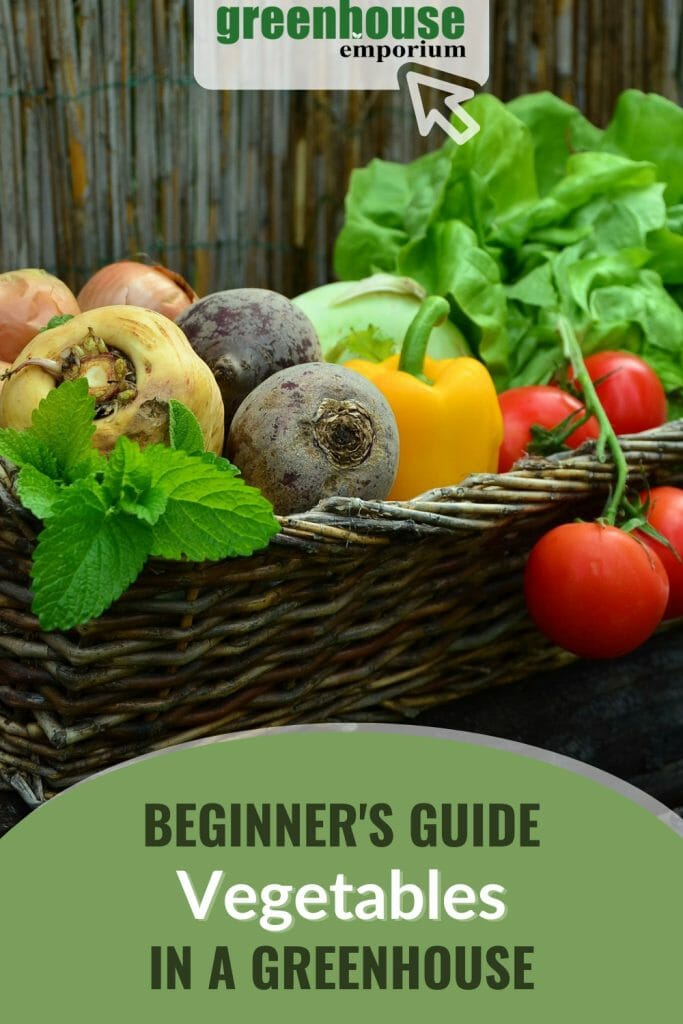
What is the best season for growing vegetables in a greenhouse?
You might be asking, “When is the best time to grow vegetables in my greenhouse?” It’s a great question, and the answer truly depends on your unique greenhouse and where you live.
A well-insulated greenhouse, like Riga, Nelke, or Janssens, can be a warm haven in colder months, especially with a little extra heat. But in warmer climates, a greenhouse with plenty of ventilation would be a better fit to keep things from getting too hot.
No matter your greenhouse type, the “shoulder seasons” — spring and fall — are often the most rewarding times. They allow you to easily extend your growing season. But as you’ll see, your greenhouse can offer harvests in most seasons!
Late winter to early spring: kicking off the season
For many, late winter to early spring is the magic time to get a jump on the main growing season. This could be anytime from January to April, depending on your climate and greenhouse setup.
You can sow tough plants like peas, onions, and cabbage in seedling containers. A seedling heat mat can gently nudge them to sprout faster. Once the outdoor weather warms up, you can move them outside. Or, if you have space, let them continue to grow happily in your greenhouse.
Early spring is also perfect for quick-growing, cool-loving vegetables like arugula, lettuce, spinach, and carrots. With a bit of planning, you can enjoy several harvests before it’s time to switch to warm-season crops.
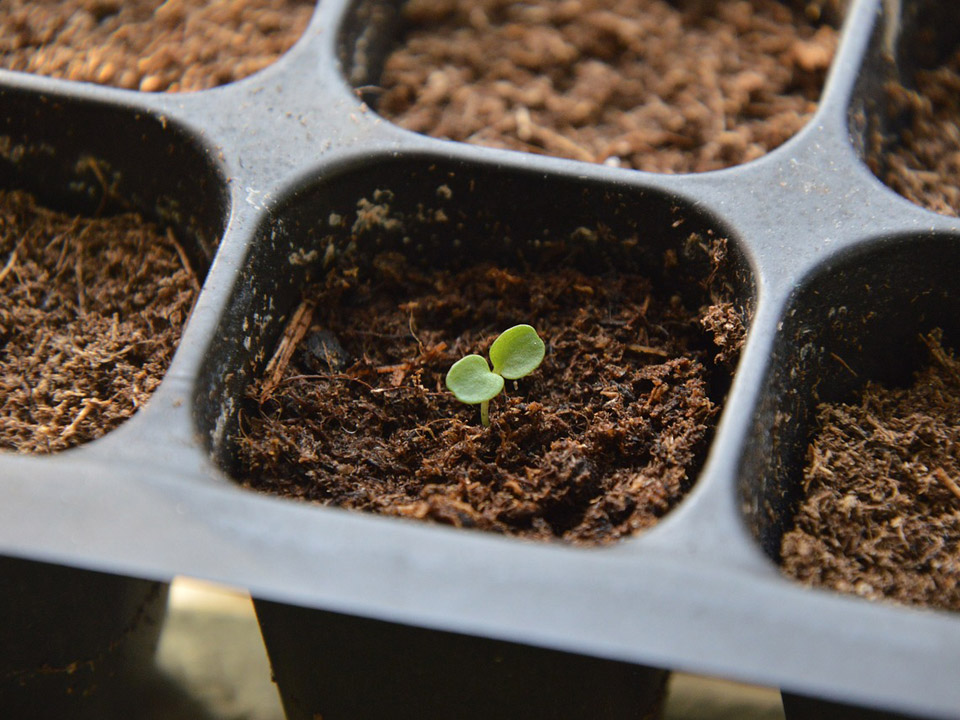
Spring: embracing warmth
As mid-spring arrives and your greenhouse stays above 60°F at night, it’s time for those warm-season favorites! Think peppers, tomatoes, cucumbers, and zucchini.
Starting these plants early in your greenhouse gives them a head start, which is a big help if you have a shorter outdoor summer season. Even if your summers are long, you’ll enjoy an extended harvest.
Spring can still surprise us with cool snaps. So, keep an eye on temperatures. A seedling heat mat or even a small space heater can protect young plants. If your greenhouse doesn’t get at least 8 hours of sun, a little extra artificial light will make a world of difference. We have a selection of greenhouse grow lights to explore!
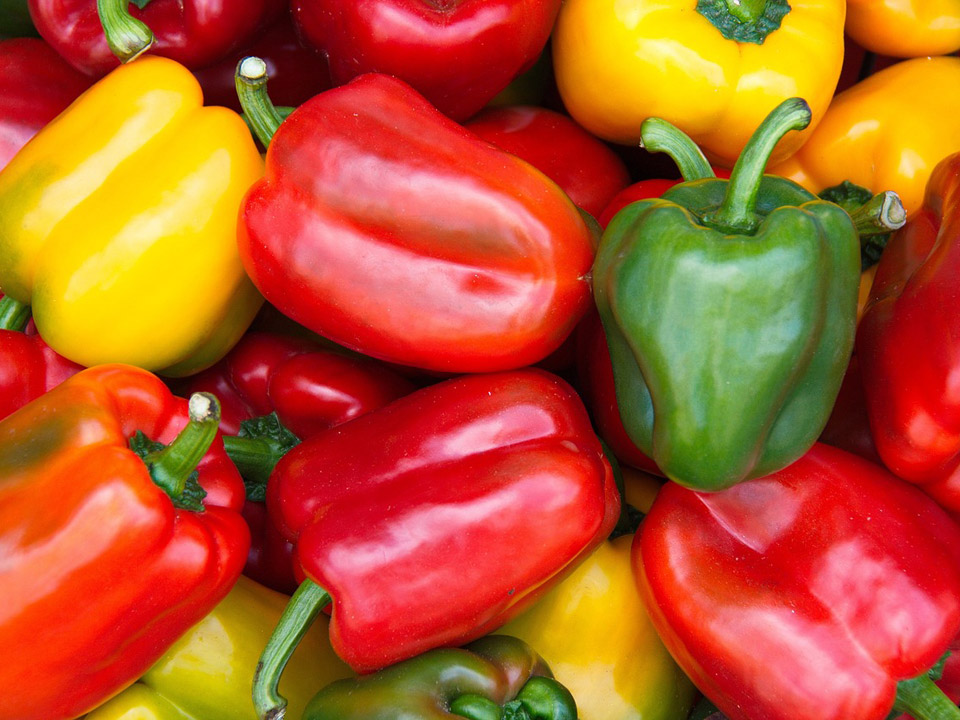
Summer: enjoying the bounty
Summer is when growth truly bursts forth! While you can certainly use your greenhouse all summer with good ventilation, many gardeners find it can get quite warm. This makes it ideal for heat-loving plants like tomatoes, peppers,and eggplants.
Late summer is also a wonderful time to start cool-season plants, like broccoli, for your fall harvest.
Early fall: cooling down and planning ahead
As early fall brings cooler temperatures, you can once again focus on cool-loving vegetables like kale, lettuce, and broccoli. If your greenhouse won’t be heated during winter but you live in a mild climate, consider sowing some root vegetables now. They’ll grow to maturity in late fall or early winter, and you can even leave them in the soil for convenient harvesting whenever you need them!
As the growing season slows down, it’s a perfect time to get your greenhouse ready for winter with a deep clean.
12 tips for growing vegetables in a greenhouse for beginners
Knowing how and when to grow in your greenhouse is a fantastic start. Here are some more friendly tips to help you cultivate the most bountiful vegetables.
1. Start simple
We know you’ve been dreaming of your perfect greenhouse and all the wonderful vegetables you want to grow! It’s so exciting to imagine. But when you’re first starting, it’s truly best to keep it simple. Speaking from experience, I once started too many plants at once, and it became quite a challenge to keep up! It was hard to truly enjoy the garden and grow my skills at a gentle pace.
So, choose just a handful of vegetable crops for your first year. And perhaps stick to one or two varieties of each. This sets you up for early success, helps you adjust, and builds your confidence gradually.
2. Set realistic expectations
It’s exciting to think about what a greenhouse can do. But especially when you’re beginning, it’s important to have realistic expectations. Your greenhouse type and the weather outside will greatly influence how easy it is to grow certain vegetables in different seasons. For instance, you might not grow warm-weather vegetables like tomatoes in the dead of winter without extra heat and light. Instead, see your greenhouse as a wonderful way to extend your growing season. Focus on vegetable crops that are known to be easy to grow in a greenhouse.
3. Create a calendar
Just like with an outdoor garden, having a personalized growing plan for your greenhouse vegetables is incredibly helpful. Remember our advice to keep it simple when starting out? That applies to your plan too!
4. Practice crop rotation
To keep pests and diseases at bay, and ensure your soil stays healthy, try crop rotation. If you’re growing in raised beds, change where you plant things each season. If you’re using pots, either switch up what you grow in them or refresh the soil completely. You can always add old soil to your outdoor garden or compost pile!
5. Maximize your space
Whether your greenhouse is big or small, making the most of every inch is smart. Use shelves and trellises to grow upwards. Hanging baskets are wonderful for smaller vining vegetables like bush beans or cherry tomatoes. The darker spaces under shelves are perfect for storing your tools and supplies.
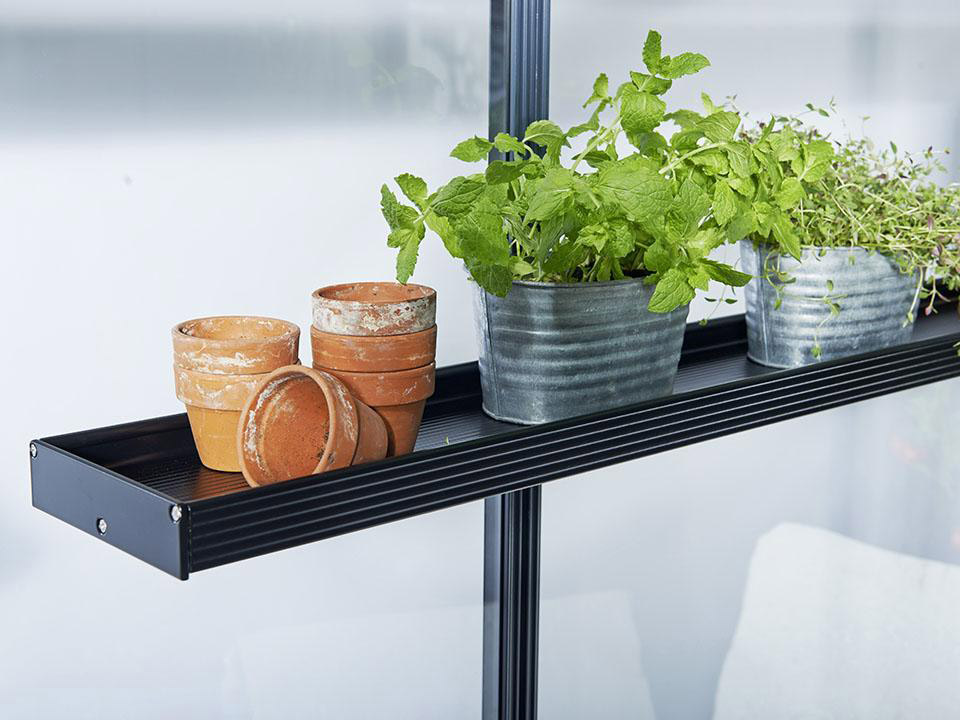
6. Pay attention to your water
Water is vital for any thriving vegetable garden. But sometimes, tap water isn’t ideal for plants. We highly recommend collecting rainwater if you can. It’s naturally better for your plants. If that’s not an option, you might consider installing a water filter in your greenhouse to ensure your plants are getting the cleanest water possible.
7. Enrich your soil
Your greenhouse garden is a bit like a self-contained system, so using a well-balanced potting mix from the start is important. As your plants grow, continue to nourish them. Enrich your soil with aged compost, manure, or nutrient-rich worm castings. This keeps your vegetable plants happy and healthy!
8. Provide for pollination
If you’re growing vegetables that need pollination, like tomatoes or peppers, you’ll need to lend nature a hand. Open your windows and doors during the day to invite beneficial insects in. Planting flowers nearby or even inside your greenhouse can also attract them. If you prefer a closed system, you’ll need to hand-pollinate your plants or choose self-pollinating varieties like many types of beans or peas.
9. Monitor the temperature
Your greenhouse offers wonderful insulation in cooler months, but vegetable plants can still be damaged if temperatures drop too low. Keep an eye on the temperature. If a frost is expected, protect your plants with frost cloths, heaters, extra insulation, or passive heat sources like water barrels.
On the other hand, greenhouses can heat up quickly in summer. To prevent overheating, use shade cloths, allow for plenty of ventilation, and consider installing a fan.
10. Check regularly for pests and disease
Even with the protection of a greenhouse, pests and diseases can still appear. In fact, they might even spread faster in a closed environment. That’s why it’s extra important to be vigilant. Check your vegetable plants regularly for any signs of trouble.
Prevent outbreaks by keeping things clean. Always clean your work surfaces, and give your greenhouse a deep clean at least once a year. Try to avoid moving plants in and out, as this can introduce issues. Yellow sticky traps are also fantastic for catching fungus gnats and other flying insects.
11. Harden off plants before planting outside
If you’re starting vegetable seedlings in your greenhouse to move outdoors later, remember that the greenhouse is a cozy, protected environment. You can’t just move them outside directly! You need to harden them off first. This means gradually introducing them to outdoor conditions. Start by placing them outside for a few hours each day, slowly increasing the time over a week before they live outdoors full-time.
12. Fertilize
Even if you’ve added compost to your greenhouse soil, your vegetable plants will likely benefit from extra nutrients. Consider fertilizing your plants every 2-4 weeks with a diluted fertilizer. Always follow the product’s instructions for the best results.

